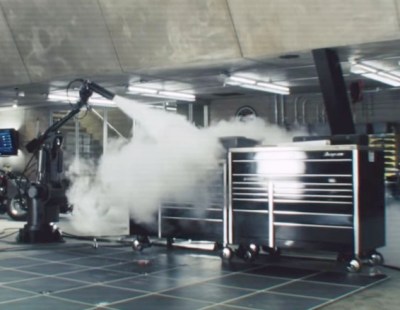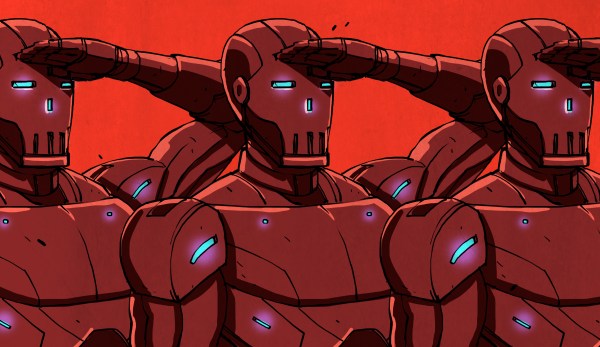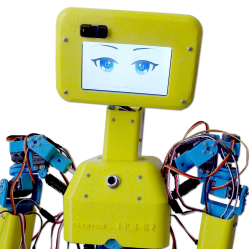For the first time, a robot has been unionized. This shouldn’t be too surprising as a European Union resolution has already recommended creating a legal status for robots for purposes of liability and a robot has already been made a citizen of one country. Naturally, these have been done either to stimulate discussion before reality catches up or as publicity stunts.
 What would reality have to look like before a robot should be given legal status similar to that of a human? For that, we can look to fiction.
What would reality have to look like before a robot should be given legal status similar to that of a human? For that, we can look to fiction.
Tony Stark, the fictional lead character in the Iron Man movies, has a robot called Dum-E which is little more than an industrial robot arm. However, Stark interacts with it using natural language and it clearly has feelings which it demonstrates from its posture and sounds of sadness when Stark scolds it after needlessly sprays Stark using a fire extinguisher. In one movie Dum-E saves Stark’s life while making sounds of compassion. And when Stark makes Dum-E wear a dunce cap for some unexplained transgression, Dum-E appears to get even by shooting something at Stark. So while Dum-E is a robot assistant capable of responding to natural language, something we’re sure Hackaday readers would love to have in our workshops, it also has emotions and acts on its own volition.
Here’s an exercise to try to find the boundary between a tool and a robot deserving of personhood.












